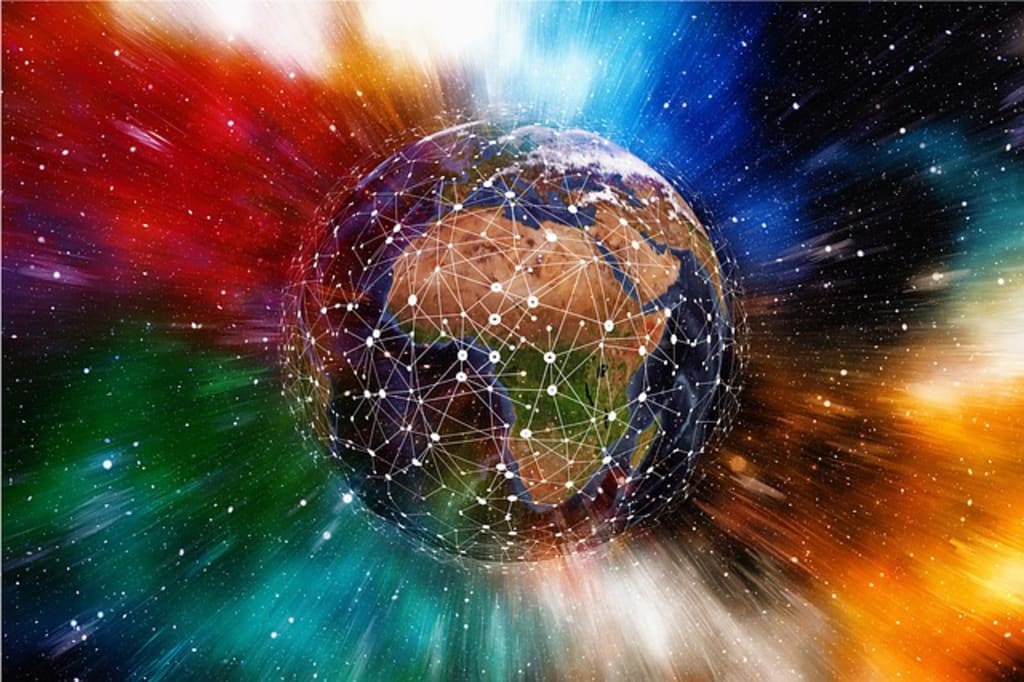
Introduction
The blockchain revolution has transformed how we perceive, transact, and interact with digital assets, from cryptocurrencies like Bitcoin and Ethereum to virtual collectibles called Non-Fungible Tokens (NFTs). However, an emerging trend promises to further blur the lines between the physical and digital worlds – the tokenization of real-world assets. This concept seeks to represent tangible, real-world assets on blockchain platforms, creating a fusion of physical property rights and digital transferability. This article dives deep into the world of real-world assets on blockchain, exploring its potential, implications, and challenges.
What Are Real-World Assets in Blockchain?
Real-world assets on blockchain refer to the representation of tangible assets such as real estate, artworks, precious metals, and even intellectual property rights on a blockchain platform. The process, commonly referred to as "tokenization," involves issuing a digital token on a blockchain, which represents a certain real-world asset. These tokens can be transacted, divided, and interacted with just like any other digital assets on the blockchain, while still representing ownership or a claim to a physical asset.
The Potential of Tokenizing Real-World Assets
Tokenization of real-world assets on blockchain offers several potential benefits:
Fractional Ownership: The divisibility of blockchain tokens allows real-world assets, especially those of high value, to be divided into smaller, more affordable units. This allows for broader access to investments, enabling a wider range of people to invest in assets such as real estate or high-value artwork, which may have been previously beyond their reach.
Increased Liquidity: By representing real-world assets as digital tokens, these assets can be traded on digital platforms, often around the clock, thus increasing their liquidity. Assets like real estate, which are typically difficult to sell quickly due to their high value and the complexity of the sale process, can potentially be traded more efficiently.
Transparency and Security: The use of blockchain technology provides a transparent, immutable ledger of transactions. This ensures the integrity of the record of ownership, reducing the risk of fraud. Additionally, smart contracts (self-executing contracts with the agreement directly written into code) can automate the transfer of ownership, reducing the need for intermediaries and making transactions more efficient and secure.
Real-World Examples and Applications
Real Estate: Companies like RealT and Propy are already tokenizing real estate, enabling investors to buy fractions of properties and receive a proportion of the rental income. This also simplifies cross-border real estate transactions, making the market truly global.
Artwork and Collectibles: NFTs have taken the art world by storm, allowing artists to tokenize their works and sell them digitally. This concept can also be extended to physical artwork, with the token representing ownership of the physical piece.
Commodities: Precious metals like gold and silver can be tokenized, with each token representing a certain amount of the physical commodity stored in a secure location. This allows investors to trade these assets more efficiently and at a lower cost.
Challenges and Considerations
While the tokenization of real-world assets offers vast potential, there are also significant challenges to consider:
Regulatory Challenges: Tokenizing real-world assets touches upon complex regulatory issues related to property rights, securities law, and more. Regulatory clarity is essential to protect investors and facilitate a healthy market.
Physical and Digital Disparity: While a token can represent a real-world asset, the condition and value of the physical asset can change, and ensuring this is accurately represented in the digital realm is a complex challenge.
Custody and Verification: It's crucial to ensure that the physical assets represented by tokens are securely stored and insured. Additionally, the initial verification of the asset, often referred to as the "oracle problem" in blockchain circles, is a significant challenge.
Conclusion
The convergence of real-world assets and blockchain technology is creating new possibilities for asset ownership, investment, and transfer. The tokenization of tangible assets could democratize access to investment opportunities, improve liquidity, and increase market efficiency. However, the path to widespread adoption is fraught with challenges, from regulatory hurdles to technical issues related to asset verification and custody. As this nascent industry evolves, the harmonization of the physical and digital worlds will require careful navigation and thoughtful innovation. But the potential rewards – greater financial inclusivity, efficiency, and transparency – make the pursuit a promising frontier in the world of blockchain and beyond.





Comments
There are no comments for this story
Be the first to respond and start the conversation.